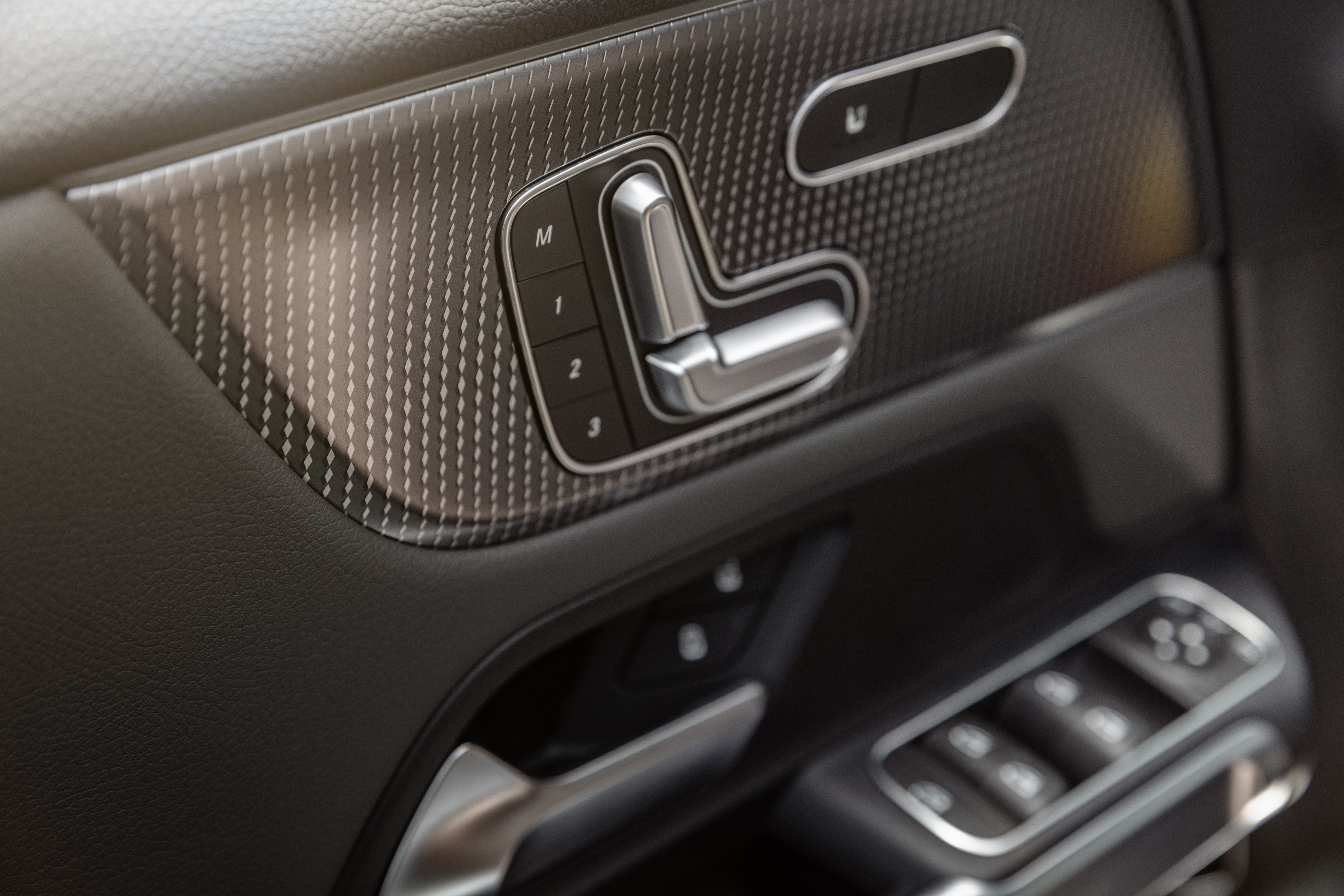
Mercedes-Benz is launching today the EQB, an electric SUV with up to seven seats.
It is the German automaker’s answer to the increasingly popular Tesla Model Y.
There’s no questioning that the Model Y is rapidly becoming the most popular electric vehicle in the world.
Tesla is seeing strong demand for the compact electric SUV in the US and China, where it is currently being produced.
So much so that the automaker is also adding production at its new factories in Berlin, Germany and Austin, Texas.
It is finally starting to get some electric competition with the Mustang Mach-E, Audi Q4 e-tron, and few more options.
Earlier this year, Mercedes-Benz announced that it would have its own entry in the segment with the EQB.
Today, at IAA Mobility in Munich, the German automaker is launching the new electric SUV.
Gorden Wagener, Chief Design Officer of the Daimler Group, commented on the launch of the new electric vehicle:
“With the new EQB we have designed an iconic electric SUV which incorporates the square forms of our off-roaders and projects them into the future. Its significant silhouette is combined with futuristic elements such as the black panel front to create the extraordinary look of this vehicle.”
They unveiled the production version of the EQB:




The dimensions of the EQB are similar to the GLB, which is slightly bigger than a Model Y:
“The EQB (length/width/height: 4684/1834/1667 millimetres) offers a generous amount of space and a maximum boot capacity of 1710 litres thanks to having the long wheelbase of the GLB (2829 millimetres)2. The backrests of the seats in the second row can be adjusted in several stages as standard, and this row features fore/aft adjustment of 140 millimetres as an option.”
It is going to fit above the EQA, which is significantly smaller, in Mercedes’ electric lineup.
Like Model Y, the EQB comes with an optional third-row:
“The EQB offers five seats as standard and is optionally available as a seven-seater. It therefore offers space for many family constellations and the most diverse transport needs. This gives it an exceptional position among compact electric cars. The two seats in the third row can be used by people up to 1.65 metres tall, and child seats can also be fitted there.”
Mercedes-Benz released a few new images of the interior, but not of the third-row:




As for the powertrain, the electric SUV is going to first come as the EQB 300 4MATIC, a dual-motor all-wheel-drive drivetrain.
A front-wheel-drive option is going to be available later.
Where the EQB disappoints is with the limited 100 kW DC fast-charging capacity for the 66.5 kWh battery pack.
The automaker says that it should allow for 419 km of range under the WLTP standard, which should translate to more than 350 km (217 miles) on the EPA standard.
However, Mercedes-Benz says that a longer-range version is going to come and it could match the US launch next year.
The vehicle is going into production in China and in Hungary this year for deliveries in China and European markets.
The US launch is expected to follow new year.
Pricing hasn’t been announced yet, but we expect something around $50,000.
Here are the specs:
EQB 350 4MATIC
| Drive system and battery | ||
| Drive system layout | All-wheel drive | |
| Electric motor(s): | Type | Front axle: Asynchronous motor (ASM), Rear axle: Permanently excited synchronous motors (PSM), |
| Output (peak) | kW | 215 |
| Torque (peak) | Nm | 520 |
| Battery type/usable energy content (WLTP) | kWh | Lithium-ion/66.5 |
| Rated voltage | V | 367 |
| Recuperation capacity, max. | kW | 190 |
| AC charging capacity, max. (onboard charger, standard/optional) | kW | 11 |
| AC charging time[2], three-phase (11 kW) | h | 5:45 |
| DC charging capacity, max. | kW | 100 |
| DC charging time[3] at fast charging station (DC) | min | 32 |
| DC charging[4]: range after 15 minutes (WLTP) | km | approx. 140 |
| Suspension | ||
| Front axle | MacPherson suspension with spring strut and transverse control arm, coil springs, twin-tube gas-filled shock absorbers, stabiliser bar | |
| Rear axle | Multi-link, coil springs, gas-pressure shock absorbers, stabiliser | |
| Brake system | Vented disc brakes at the front, electric parking brake, ABS, Brake Assist, ESP® | |
| Steering | Electrically assisted rack-and-pinion power steering system | |
| Dimensions and weights | ||
| Number of doors/seats | 5/7 | |
| Length/width/height[5] | mm | 4684/1834/1701 |
| Wheelbase | mm | 2829 |
| Turning circle | m | 11.7 |
| Boot capacity, VDA[6] | L | 495-1710 |
| Kerb weight[7]/perm. gross vehicle weight/max. payload | kg | 2175/2580/405 |
| Perm. towing capacity (braked/unbraked) | kg | -/- |
| Cd value from/Frontal area | -/m2 | 0.28/2.53 |
| Performance, consumption and range | ||
| Acceleration 0-100 km/h | s | 6.2 |
| Maximum speed | km/h | 160 |
| Combined consumption (WLTP) | kWh/100 km | 18.1 |
| CO2 emissions (WLTP) | g/km | 0 |
| Combined consumption (NEDC) | kWh/100 km | 16.2 |
| CO2 emissions (NEDC) | g/km | 0 |
| Max. range (WLTP) | km | 419 |
Subscribe to Electrek on YouTube for exclusive videos and subscribe to the podcast.
Author: Fred Lambert
Source: Electrek



